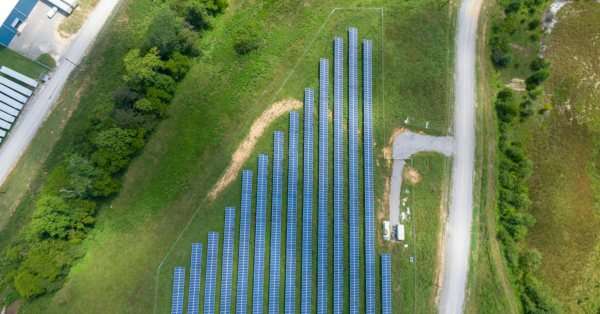SCO+ sets 10 GW PV, 10 GW wind; China ramps inverter procurement and provincial policies

On September 1, President Xi Jinping announced at the “SCO+” meeting in Tianjin that China will work with other Shanghai Cooperation Organization (SCO) members to add 10 GW of solar PV and 10 GW of wind capacity over the next five years.
China will also establish three China–SCO cooperation platforms covering energy, green industry and the digital economy. The initiatives mark a key step in the internationalization of China’s PV sector and add momentum to the global energy transition.


Returning to the domestic context, ongoing build-out efforts continue to advance.
China Huadian Group has completed bid evaluation for its second batch of 2025 inverter framework procurement, totaling 1.2 GW. For Package 1 (50–150 kW string inverters), KSTAR, TBEA and AUX Intelligent Technology were shortlisted. For Package 2 (≤50 kW string inverters), Sineng Electric, KSTAR and TBEA were selected. The framework runs through December 31, 2026, strengthening equipment supply for large-scale PV projects.
In Tibet’s Bainang County, Guangdong Hydropower’s 90 MW PV-plus-storage project has achieved full-capacity grid connection. The project includes 18 MW/72 MWh of battery storage and pushes Guangdong Construction Engineering Group’s total clean energy installations to 4,662.89 MW.
Local policy implementation is accelerating. To date, 18 provinces have released provincial plans responding to national Document No. 136, with eight—including Xinjiang and Shandong—finalized and ten—including Hunan and Guangdong—currently seeking public comment.
The plans adopt differentiated rules for existing versus new-build projects.
Two focal points are the split between administratively allocated volumes and market-traded power, and the mechanisms for power price formation. Sichuan has gone further by setting explicit industrial targets: by 2027, the province aims to reach RMB 480 billion in PV industry-chain operating revenue, address bottlenecks in electronic-grade polysilicon and PV glass, and cement its advantages in polysilicon and high-efficiency cell technologies.
Regulatory oversight continues to improve. Hangzhou’s Development and Reform Commission has published the city’s open capacity for distributed PV for Q3 2025, with all 11 districts at a green alert level—signaling healthy grid hosting capacity. Still, project execution risks persist. For example, Anhui Communications Resources canceled a 120.28 MW PV module tender due to fewer than three valid bidders, underscoring market-participation risks.




